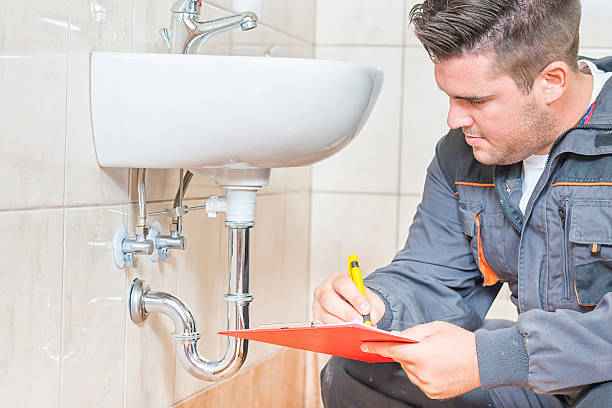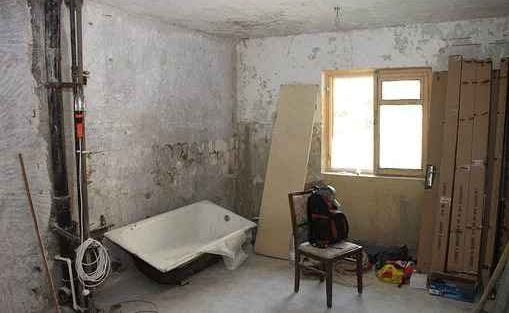Last updated on March 27th, 2024 at 11:50 pm
Air compressors are key components of many industrial activities because they power pneumatic tools, machinery, and equipment. However, in humid situations, they might suffer from a variety of problems that impair their function and lifetime.
Humidity’s impacts can be costly and time-consuming, ranging from rust and corrosion to decreased efficiency and higher downtime.
To ensure your compressed air system remains in optimal condition, it’s crucial to implement a comprehensive air compressor maintenance procedure that addresses the unique challenges of similar environments.
Table of Contents
Location
The location of the air compressor is crucial in preventing damage and guaranteeing proper performance. It is critical to set it in a dry and well-ventilated environment, away from liquid-like sources and high humidity levels, to limit the chance of moisture-related disorders. This in the air can cause condensation within the system, which can cause damage and reduce efficiency.
Furthermore, it is critical to evaluate the surrounding environment. Avoid regions with leaking pipes, water sources, flooding or extreme humidity. This should ideally be done in a dry room or a designated place with excellent ventilation to allow moisture to freely disperse. Proper ventilation aids in the maintenance of a steady air temperature, reducing the possibility of condensation.
Regular Inspection
During these inspections, it is critical to thoroughly inspect the compressor system for water in different components, such as the air reception tank, drain valves, and compressed air lines. A buildup in these regions can cause corrosion, diminished performance, and system damage.
A complete study of the condensate drain system should also be included in the assessment. It is critical to confirm that the valves are working properly and that the condensate is being drained. If any obstructions or faults are discovered, they should be rectified as soon as possible to avoid water collection and potential damage.
In addition to visually inspecting the system, it is also recommended to measure the moisture content of the compressed air. This can be accomplished using a moisture or dew point meter. Continuous monitoring of these levels will provide a more accurate assessment of the system’s performance and allow for timely adjustments or maintenance.
Maintain Proper Oil Levels
Begin by reviewing the manufacturer’s recommendations for the appropriate oil type and level for your compressor model. If the oil level falls below the specified range, apply the necessary oil in tiny increments and inspect the level.
Oil can get polluted with particles and degradation byproducts over time, reducing its lubricating qualities. Regular oil changes, as prescribed by the manufacturer, assist eliminate these pollutants and maintain appropriate lubrication, which aids in humidity reduction.
When changing the oil, make sure to thoroughly drain the old oil and properly dispose of it. If required, clean or replace the oil filter. Run the machine for a few minutes after refilling to circulate the oil throughout the system and ensure adequate distribution.
Control Humidity In The Compressor Room
Dehumidifiers remove moisture from the air and lower its relative humidity. This helps to prevent condensation from accumulating within the compressed air system, preserving the equipment from harm. They come in a variety of sizes and capacities, letting you select the best solution for your room based on its dimensions and vapour levels.
Install exhaust fans or vents if possible to allow for the circulation of fresh air. This aids in keeping levels low by enabling moisture to evaporate and preventing it from accumulating on the compressor and other components.
Additionally, consider utilising tools, such as vapour barriers or waterproof coatings, to create a protective layer that prevents liquid from permeating the walls or floor. Insulation materials can help regulate temperature and reduce the formation of condensation by preventing the transfer of heat and condensation through walls and surfaces.
Train Operators
Personnel should learn about the individual features and controls of the air compressor during training sessions, including how to start and shut down the equipment appropriately. Stress the need to monitor performance indicators, such as air pressure, temperature, and power usage. This allows them to detect any changes from regular operating circumstances that may reveal underlying issues.
Moreover, it must include normal maintenance chores that operators may undertake themselves. Cleaning or changing filters, draining collected moisture, and examining connections for signs of leaking or wear are all part of this. They should be aware of the importance of routine maintenance and its influence on overall compressor performance and durability.
Managers should also emphasise the necessity of safety standards, such as wearing proper personal protective equipment and adhering to lockout/tagout procedures when doing maintenance or repairs. Operators should be aware of the risks connected with working with compressed air systems and how to avoid them.
You may also like to read
Installation and Maintenance of Tempered Glass Doors
Exploring the Gulf Coast’s Gem
Conclusion
By employing suitable installation processes, filtration and moisture control devices, periodic inspections, and operator training, you can reduce the effects of humidity and water content in your air compressor. These procedures will not only extend the life of the equipment but will also maximise efficiency and minimise the likelihood of costly repairs.







